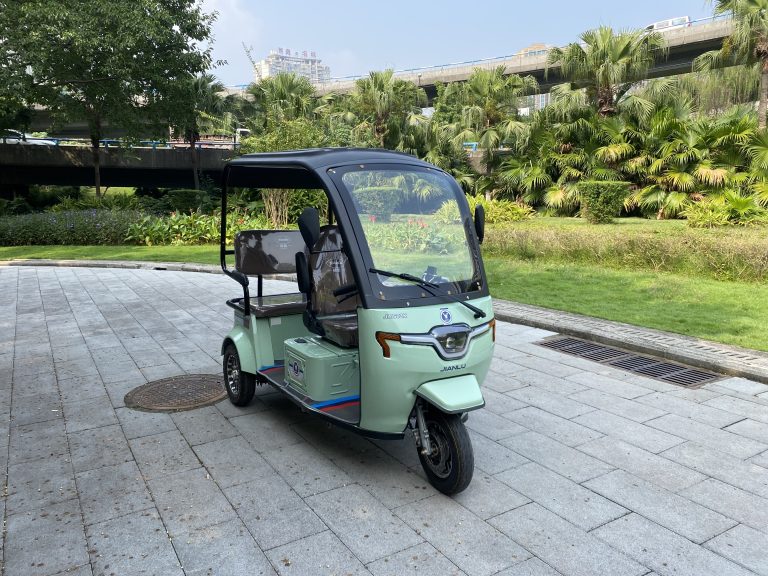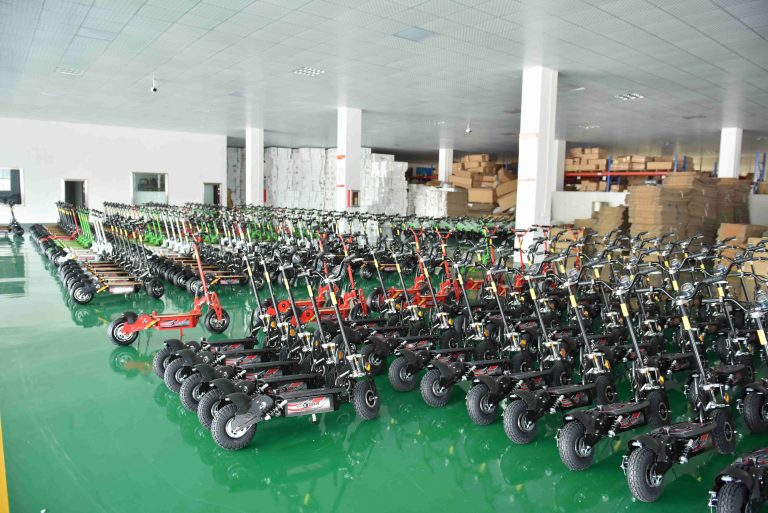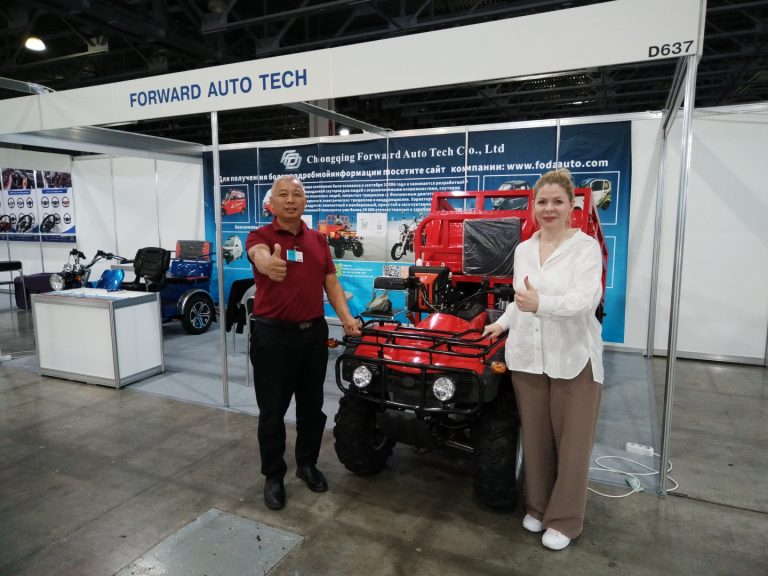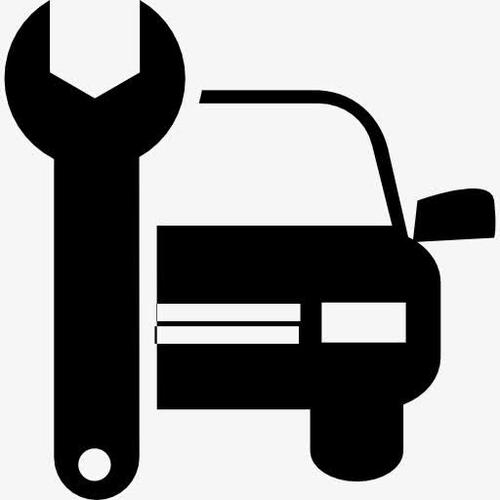Introducing the Advantages of CVT (Continuously Variable Transmission) Fuel Tricycles!
At Forward Auto, we are excited to present our fuel tricycles equipped with advanced CVT technology, offering several key advantages: 🚀 Smooth Driving Experience: With a CVT system, drivers can enjoy a seamless and smooth ride without the hassle of manual gear shifting. It’s perfect for both beginners and experienced drivers. ⛽ Fuel Efficiency: CVT…
